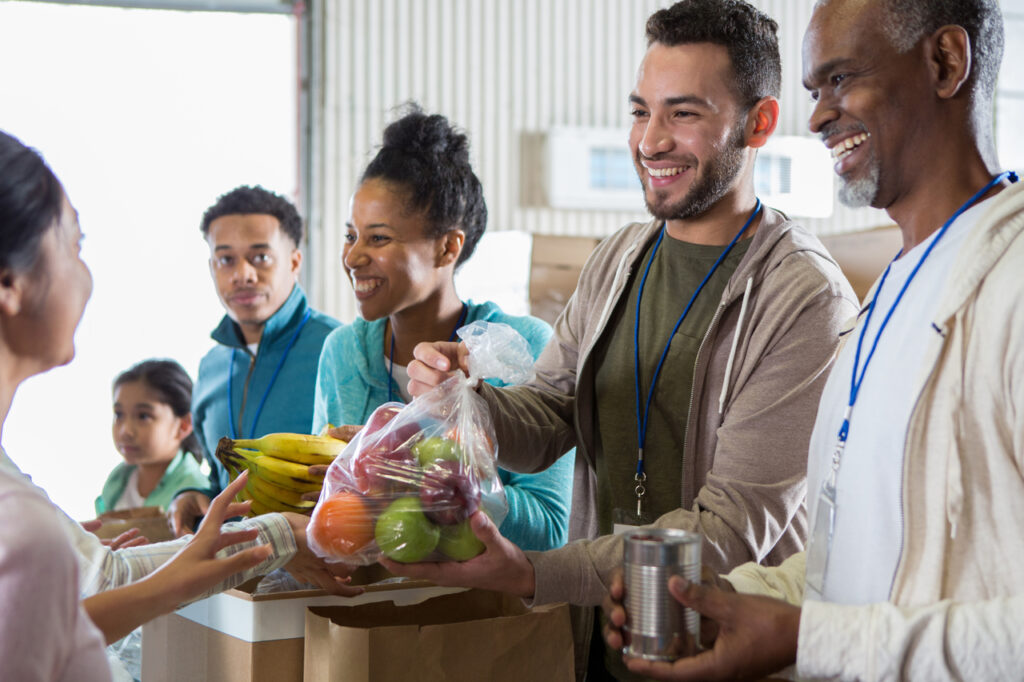It’s that time of year – holiday parties, bountiful buffets, frantic shopping, dining out and ordering tons of stuff online. This rush of activity produces a seemingly unending amount of waste.
At Gigantic, we and our waste professional clients cringe with every stack of delivered boxes, every pile of discarded edible food and every stack of red solo cups in the bulging trash bag after a big party.
If only we could normalize zero waste behaviors at a time when excess is being celebrated and encouraged at every turn! Don’t give up! The holidays provide prime opportunities for reducing waste, often by not creating it in the first place. Now’s the time to pump up our zero waste messaging and help people think about ways to reduce waste during this stressful season.
Like this popular blog, we can normalize behaviors that make less-waste sense:
We can bring concepts forward to interrupt gluttonous behaviors and capture the attention of people who are emotionally on the fence about participating in excess. We can help with tips, encouragement and resources, with feel-good messaging that promotes a more calm, conscious and guilt-free low-waste lifestyle.
Who will benefit from these messages? Of the folks with whom you communicate, there are:
- People who are already doing the “right” thing…this messaging will help to reinforce and confirm that they are doing the right thing.
- People who feel uneasy and wish they knew how to do some things better. This group responds well to tips and encouragement to jump in and just try something different.
- People who are not willing to change and connect the holidays with joyous excess. Low-waste messaging may not influence them this time around, but the seeds may be planted for future change as they see others adopting lower-waste ways.
We highly recommend using your social media channels, newsletters, editorials, advertising and other outlets to promote messaging around waste reduction during the holidays.
You will not be alone! Here are some great recent examples – including a few of ours – to inspire your messaging:
From Zero Waste Marin:
Promotion of Gift of Great Memories
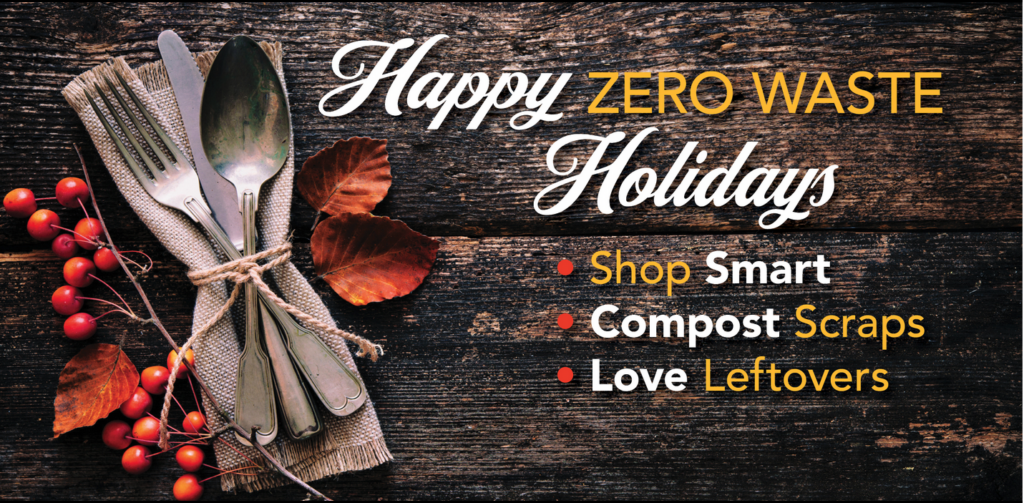
From StopFoodWaste:
From the City of Livermore/Livermore Recycles:
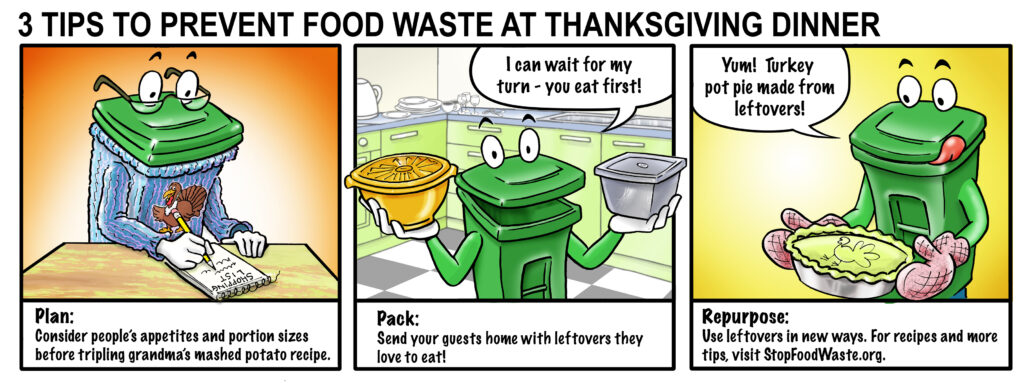
From the City of Berkeley:
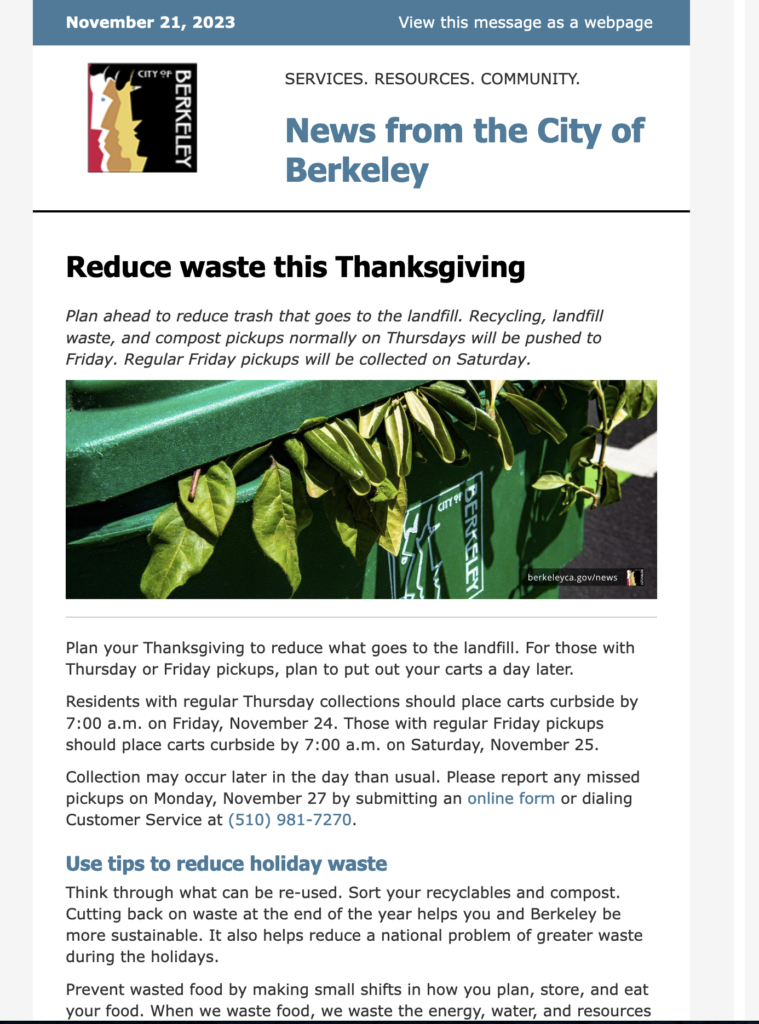
Happy Holidays!
The Gigantic Team
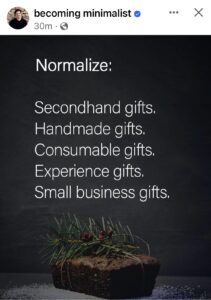
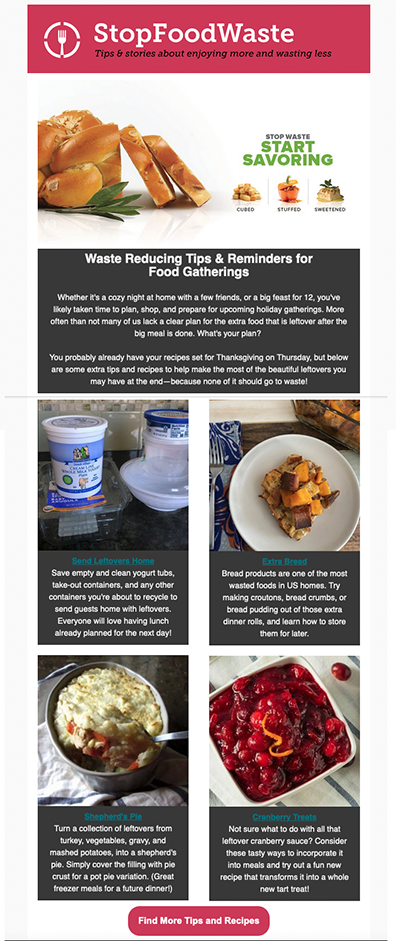

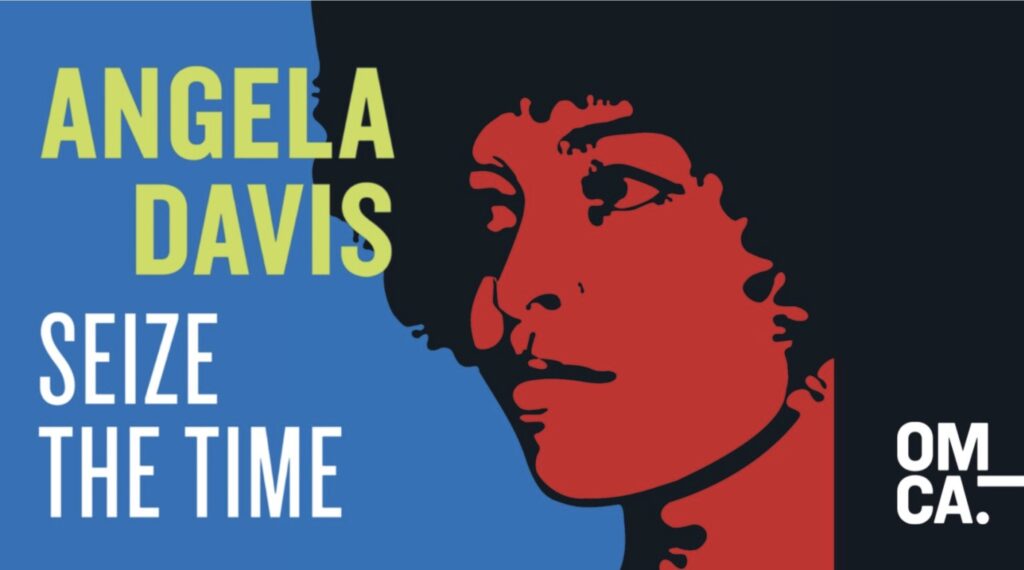






 Our team has gotten even more Gigantic! We are pleased to announce the addition of Myer Venzon and Dennis Uyat to our team of Associates.
Our team has gotten even more Gigantic! We are pleased to announce the addition of Myer Venzon and Dennis Uyat to our team of Associates. Dennis holds a B.A. in Geography with a minor in Geospatial Information Science Technology from UC Berkeley and an A.A. in Recycling and Resource Management from Golden West College in Huntington Beach. They hold a certificates in Master Resource & Conservation and Master Compost & Solid Waste from the San Mateo County Office of Sustainability, and Zero Waste Community Associate by Zero Waste USA.
Dennis holds a B.A. in Geography with a minor in Geospatial Information Science Technology from UC Berkeley and an A.A. in Recycling and Resource Management from Golden West College in Huntington Beach. They hold a certificates in Master Resource & Conservation and Master Compost & Solid Waste from the San Mateo County Office of Sustainability, and Zero Waste Community Associate by Zero Waste USA.